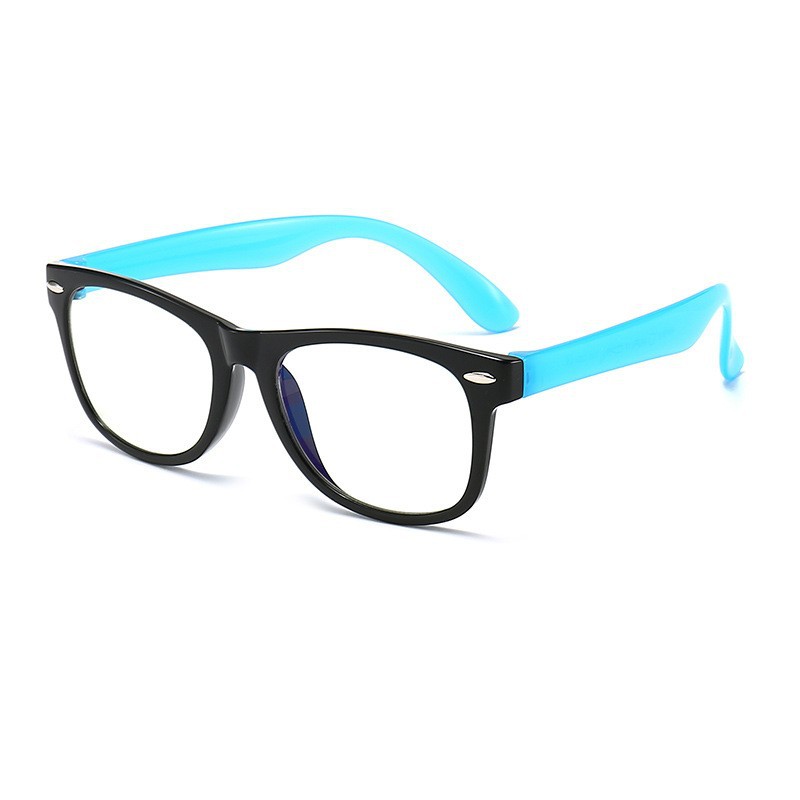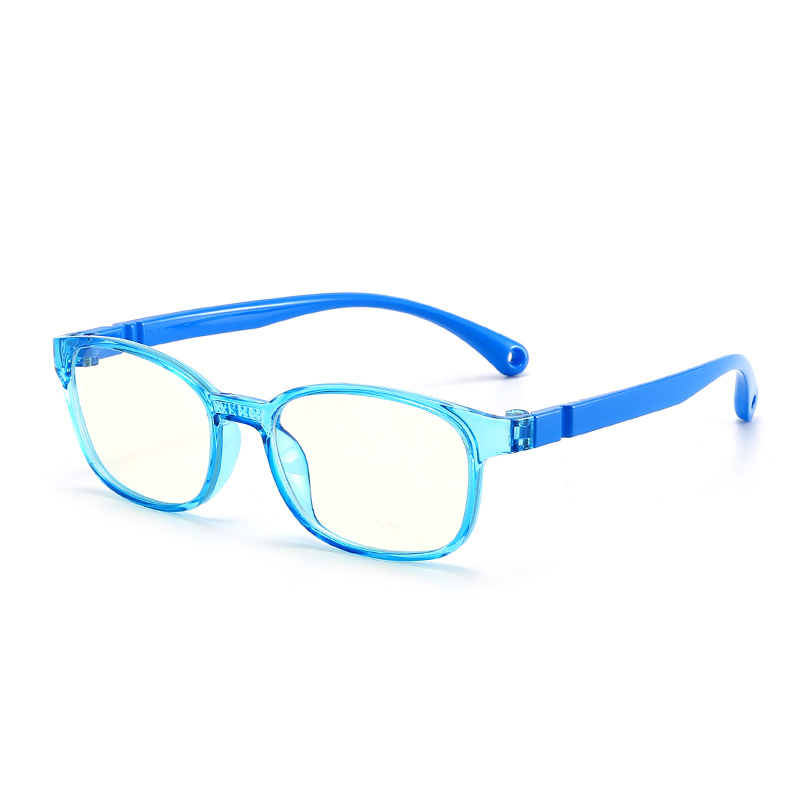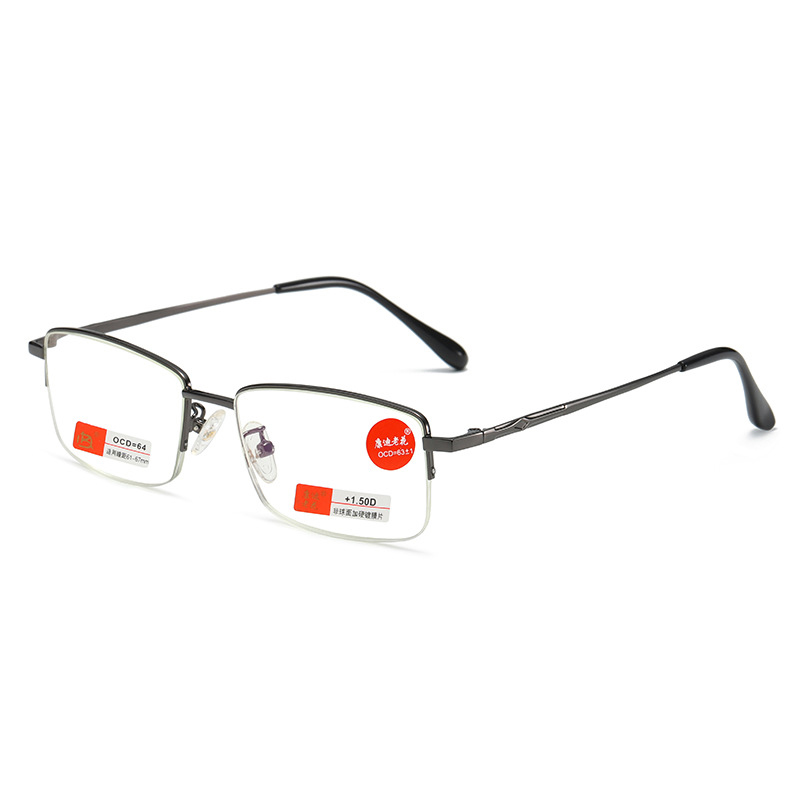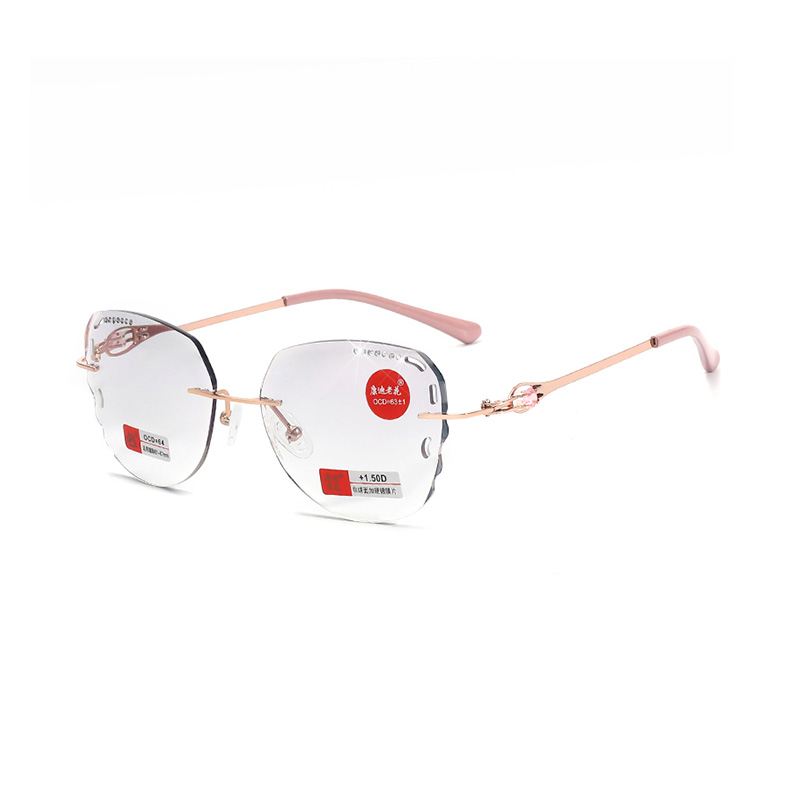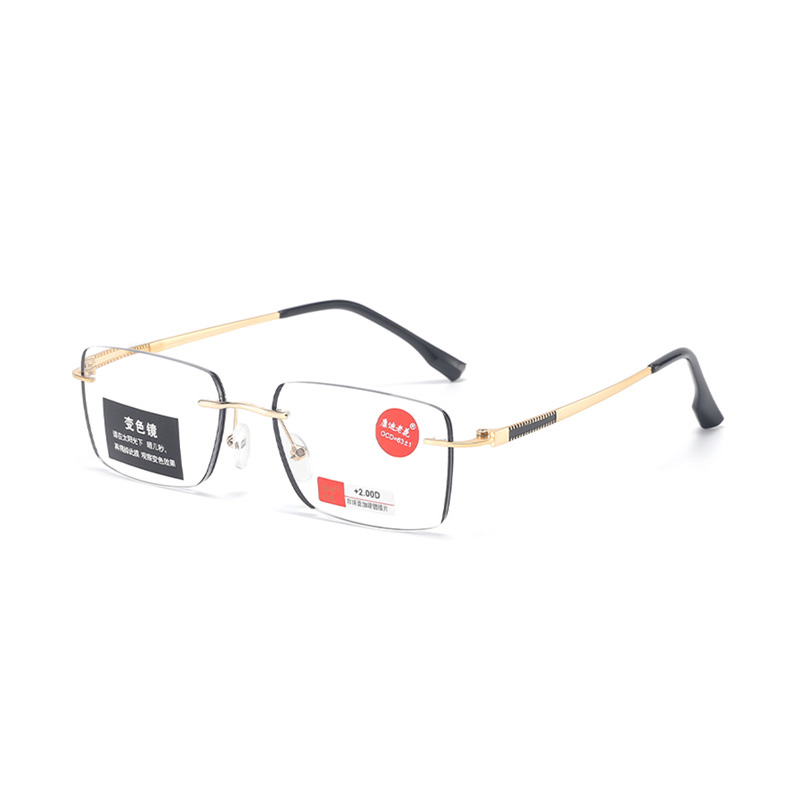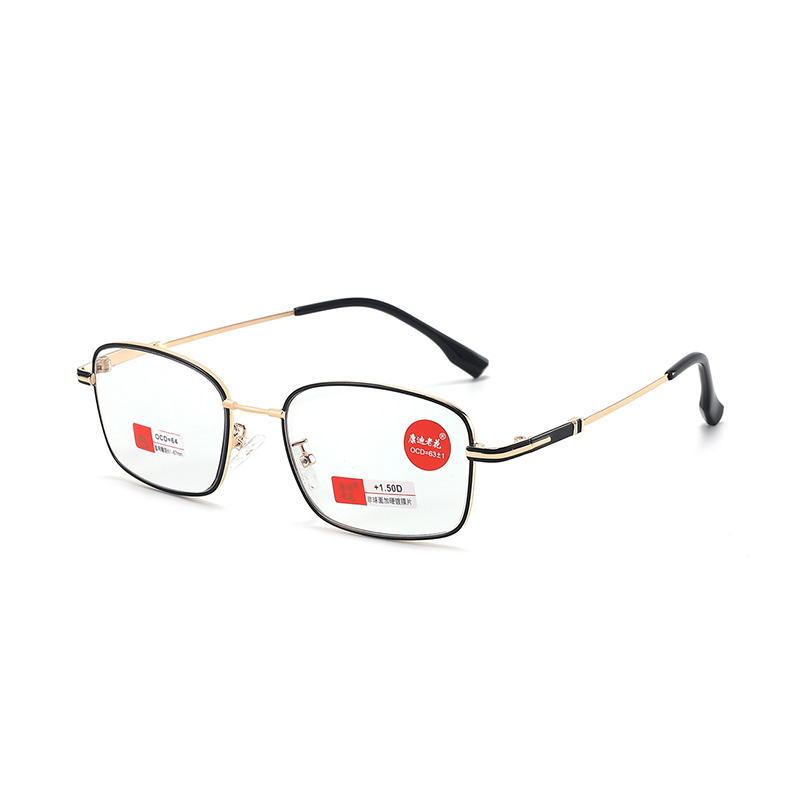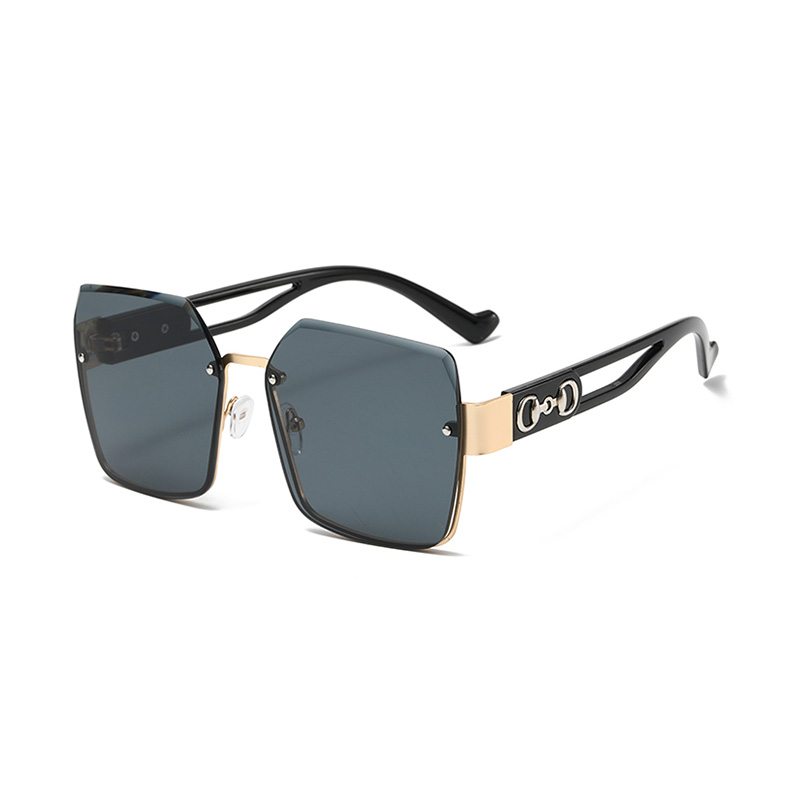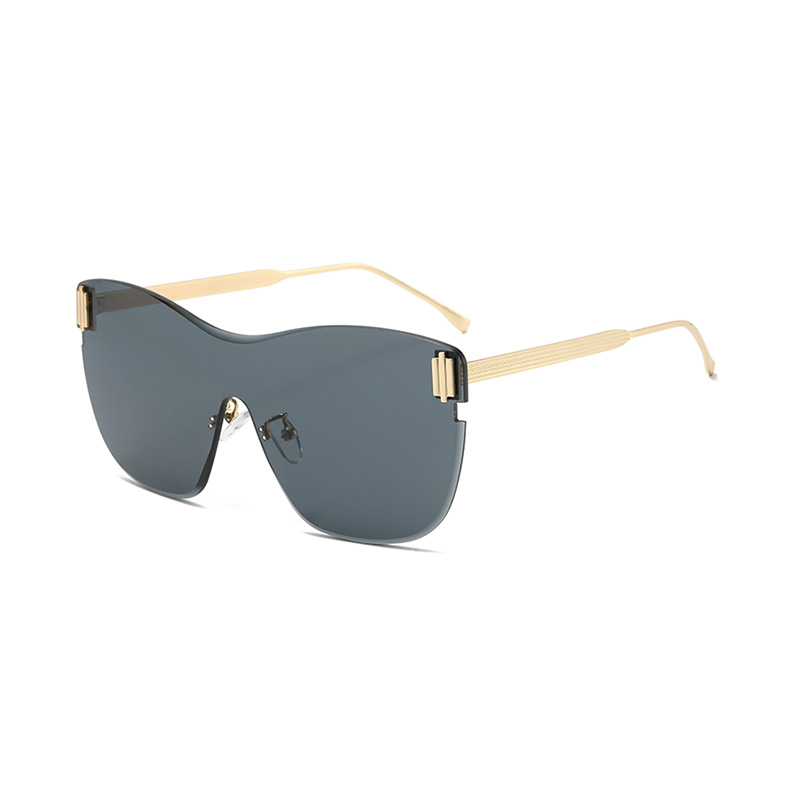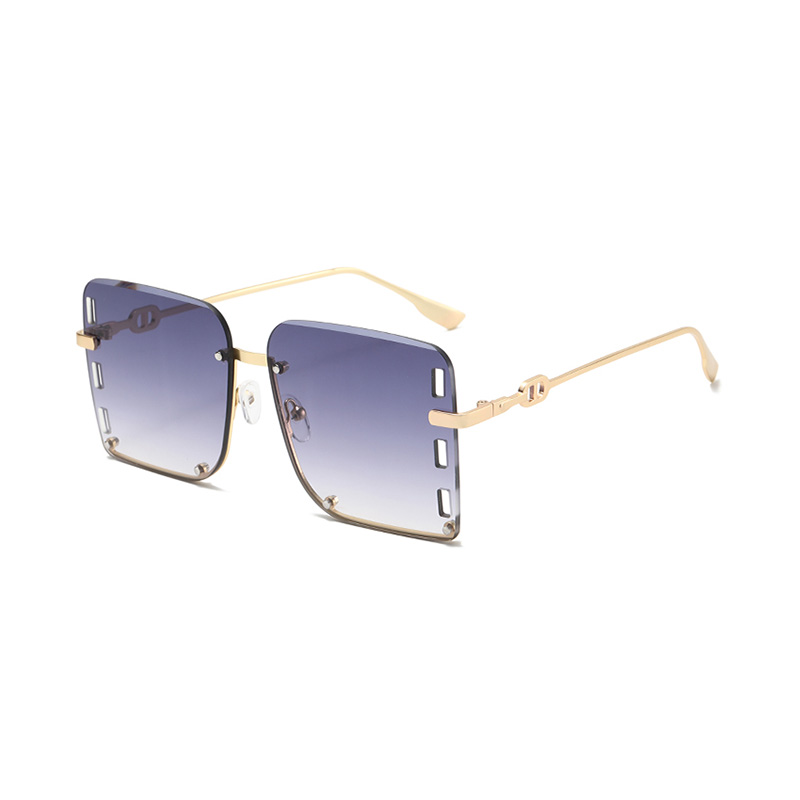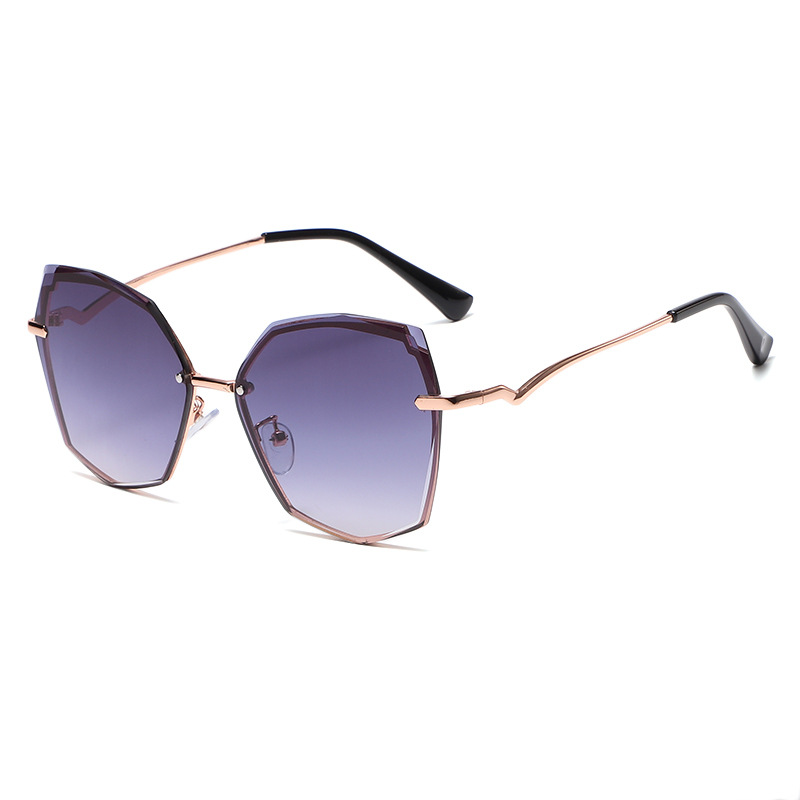In an increasingly digital world, screen time is no longer a part of life—it is life. From remote work and virtual learning to social media and online shopping, digital devices have become omnipresent. With this shift has come a new and growing health concern: digital eye strain. the charge in combating this modern issue is a new category of eyewear—Anti Blue Light Prescription Glasses—now making waves across both consumer and optical industries.
The Growing Impact of Digital Eye Strain
Digital eye strain, also known as Computer Vision Syndrome, affects a significant portion of the global population. According to recent studies, more than 60% of people who spend over six hours daily in front of screens report symptoms such as dry eyes, blurred vision, headaches, and neck pain. The culprit behind much of this discomfort? Prolonged exposure to blue light emitted from digital screens.
While blue light is naturally present in sunlight and necessary for regulating our circadian rhythms, overexposure—particularly from artificial sources like smartphones, tablets, and LED monitors—has been linked to visual fatigue and disrupted sleep patterns. Enter Anti Blue Light Prescription Glasses, engineered to filter out high-energy visible (HEV) blue light without compromising clarity or comfort.

A Boom in Consumer Awareness
The surge in consumer awareness about the effects of blue light has created fertile ground for the growth of this niche optical product. Unlike traditional glasses, Anti Blue Light Prescription Glasses combine vision correction with specialized coatings or lens materials designed to filter harmful wavelengths of light—typically between 400–450 nm.
Retailers are responding to the demand with a wider range of stylish, functional, and affordable options. E-commerce has played a vital role in spreading this trend, with virtual try-on features and informative product pages educating consumers and accelerating adoption. As a result, these glasses are no longer perceived as specialty items—they are fast becoming a daily essential.
Optical Industry Innovation Driving the Market
lens manufacturers and eyewear brands are racing to innovate in the Anti Blue Light Prescription Glasses space. From single-vision to progressive lenses, consumers can now add blue light protection to virtually any type of prescription lens.
Technological advancements include multi-layer anti-reflective coatings, lens tints optimized for different digital environments, and materials like CR-39 and polycarbonate infused with blue light filtering compounds. Some premium products even offer adaptive lenses that adjust their tint in response to lighting conditions, enhancing comfort across work and leisure settings.
Frame design is evolving too. With the understanding that users wear these glasses for extended periods, manufacturers are prioritizing lightweight materials, ergonomic nose pads, and pressure-free temple arms to ensure all-day wearability.
The Work-From-Home Revolution and Its Impact
The remote work boom brought on by the COVID-19 pandemic has been a major catalyst for this product category. Millions of employees, students, and freelancers suddenly found themselves spending up to 12 hours a day on screens—with little to no ergonomic setup. Sales of Anti Blue Light Prescription Glasses soared in response, with many brands reporting double- or even triple-digit growth between 2020 and 2023.
Now, as hybrid work becomes the norm and screen reliance remains high, this demand is expected to stabilize at elevated levels. Eyewear retailers are taking note, incorporating blue light filtering as a standard feature in their product lines rather than an optional upgrade.
Healthcare Professionals Add Credibility
The endorsement of Anti Blue Light Prescription Glasses by optometrists and vision specialists has added a layer of credibility that strengthens market growth. While not a substitute for regular eye exams, these glasses are increasingly recommended as a preventative tool to reduce visual fatigue and maintain eye comfort throughout the day.
Eye care professionals are also educating patients on complementary practices, such as the 20-20-20 rule (looking at something 20 feet away for 20 seconds every 20 minutes), to reinforce good visual hygiene along with lens solutions.
Youth Demographic Driving Long-Term Growth
Interestingly, the younger demographic—especially students and gamers—is emerging as a key market driver. These groups spend countless hours on screens and are more susceptible to the long-term consequences of blue light exposure. Forward-thinking brands are catering to them with trend-conscious designs, lightweight frames, and options that double as both study tools and fashion accessories.

 English
English Español
Español